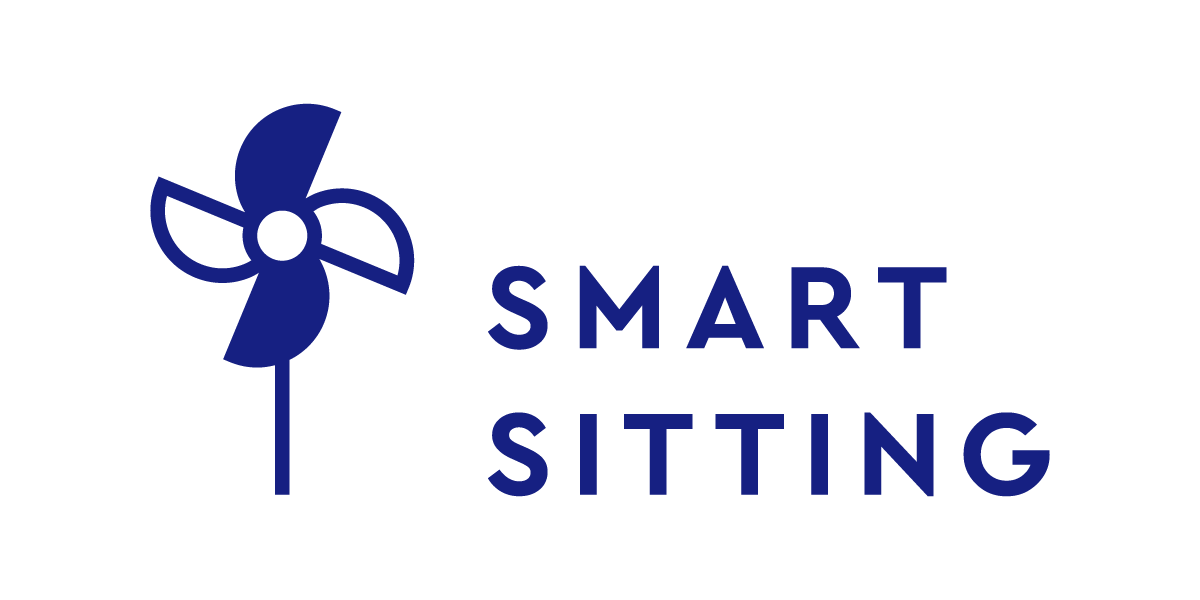4 activities to teach kids about the Real Thanksgiving
Rethinking how we look at a favorite holiday.
Thanksgiving is one of the biggest holidays in the US, with tens of millions traveling to be close to family, mountains of food being prepared, and a revived focus on being grateful for the things we have. However, not everyone sees this holiday through today’s rose-colored glasses, but rather as a reminder of the pilgrims’ colonization of the land and the subsequent removal and forced migration of the original indigenous peoples who lived here first. As we begin to acknowledge the atrocities committed on the Native tribes of North America, how can we rethink how we teach our children about the Thanksgiving holiday and the story of the first Thanksgiving?
We have gathered a few ideas for activities and resources to help you celebrate a holiday of gratitude while taking the opportunity to reinvision what your children learn about its origins, about American history, and about their place in a better future.
Learn more about who lived on the land before you
Make a fun and important learning experience that helps children understand more about Native history by looking up your hometown and finding out which Native tribes lived here before colonization. This map lets you search by city or zip code and find which tribes lived on that land. It will also direct you to where you can learn more, or you can use the tribe names to find out more with your kids. Learn about their customs and life then, but also about where they live now. Discuss with your kids what that change might feel like to the people who were displaced. Learn about their names and realize that referring to vastly different peoples and cultures under the blanket term of “Native Americans” further generalizes individuals and how that makes them more invisible in our conversations. It’s important to remember that the people of the Indigenous tribes are not a relic of the past, but still people who live today, with 573 tribes federally recognized today.Visit the National Museum of the American Indian
This Smithsonian museum has branches in New York and in Washington, DC, and is a great place for children to learn more about various tribes and nations in North America, both past and present. For older children, take some time to read this study guide about the origins of what we today call “The First Thanksgiving” and relations between European pilgrims and the Wampanoag peoples who lived in the area where the Mayflower first arrived.Read age appropriate books with your children
Read books with your kids to help them learn about the Native tribes who lived and still live in North America, both for another perspective on Thanksgiving, but also for a more nuanced understanding of Indigenous tribes and their customs through the year. Here is a list of books that celebrate Native American heritage, and for a gratitude focused read, Giving Thanks: A Native American Good Morning Message is a children's version of the Haudenosaunee Thanksgiving Address. You can also read any of your own favorite children’s books about Thanksgiving, and use them as an opportunity to go beyond the old retellings and discuss with your children what really happened and what that first feast may have been like for the Wampanoag people.Continue to give thanks
As we become more aware and critical of the whitewashed and shaky foundations of the Thanksgiving holiday - drawn up during the Civil War as a way to boost morale - and reimagine what the holiday may be moving forward, it might be helpful to refer less to the First Thanksgiving feast and focus more on the giving of thanks, a worthwhile sentiment at any time. Many cultures around the world engage in harvest ceremonies and offer thanks for their abundance. Cultivating gratitude in children has also been shown to improve mental health and empathy. So as you help your child view the history of Thanksgiving - and the country that today is the United States - differently, also help them find the things for which they are thankful.Do a gratitude craft with your kids! Let them draw or write what they are grateful for on different, colorful pieces of paper. Then decorate a poster board or a window with the notes, to help them look at and reflect through the month. Or put all the notes in a jar and see how full it gets, pulling out one note each day to read and remember what everyone in the family is grateful for. This is a great activity that works at any age level!
Lastly, it’s important to remember that the work of revisiting and relearning history through a modern lens is work that goes on all year. Native Americans don’t simply appear around the end of November and then disappear for the rest of the year, nor do their histories. Thanksgiving is not the only custom that needs a rewrite. Our own Smart Sitting Diversity and Inclusion Council works year-round to provide resources and carry on the conversation of how we can make spaces in the childcare community more equitable. The more we can make this a part of children’s awareness from the start and spark their curiosity about a more diverse, inclusive existence, the better equipped they will be to carry on that work as they grow.
Do you have any favorite Thanksgiving traditions that have helped your family view the holiday differently? How has your family’s ancestry and culture affected how you celebrate the holiday today - if you celebrate at all? Hop into our Facebook or Instagram and let us know your take! As always, you can get all the latest information and ideas via our newsletters for families and sitters.



